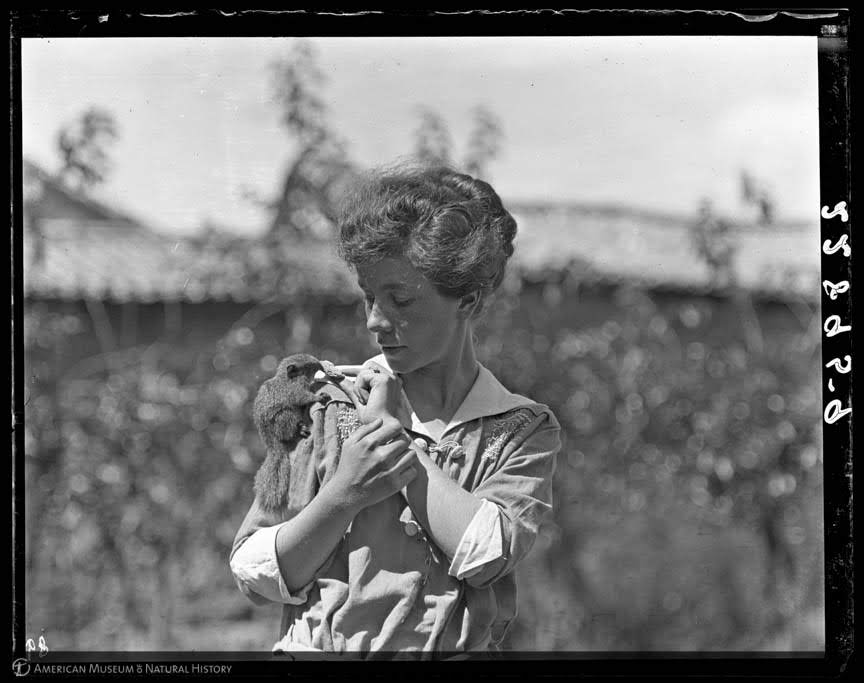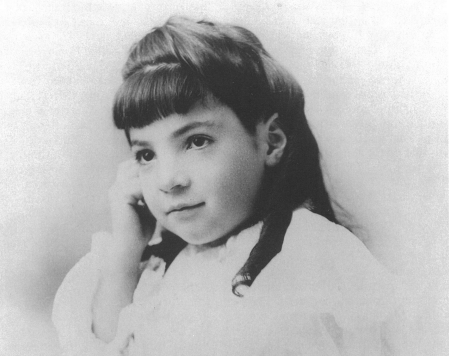
In Southeast Asia there exists a flower so exotic and strange it has captured the attention of scientists, artists and nature lovers alike. Measuring over 29 inches in diameter, weighing around 22 lbs and having no stems, roots or leaves, the genus Rafflesia, also known as the corpse flower (not Continue Reading


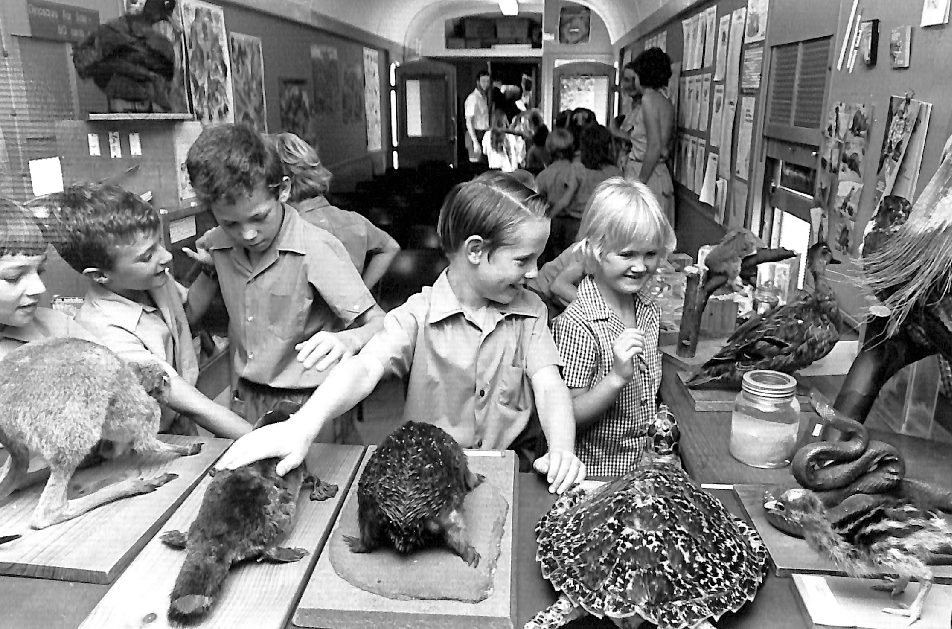
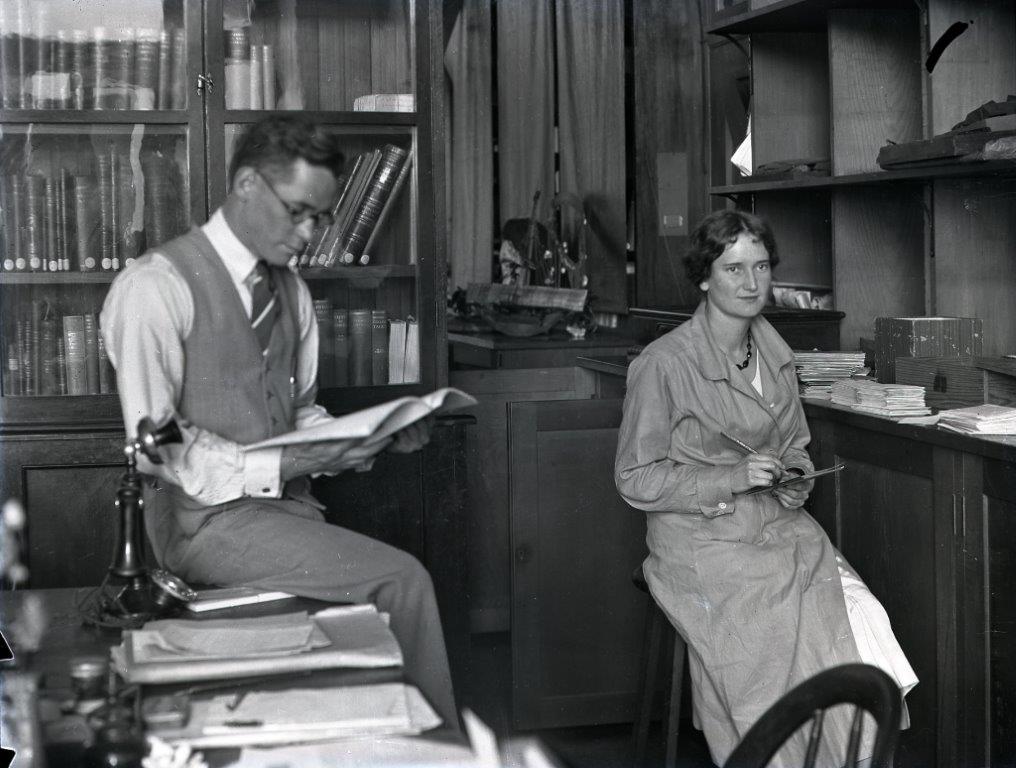
![Bertha Parker Pallan [Cody] (1907-1978) is considered one of the first female Native American archaeologists.](https://untoldstories.net/wp-content/uploads/2018/08/Bertha-Parker-Pallan-1-e1535561454766.jpg)
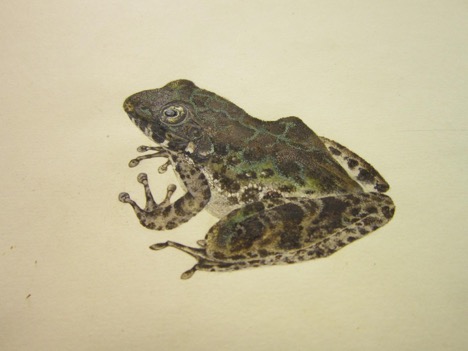
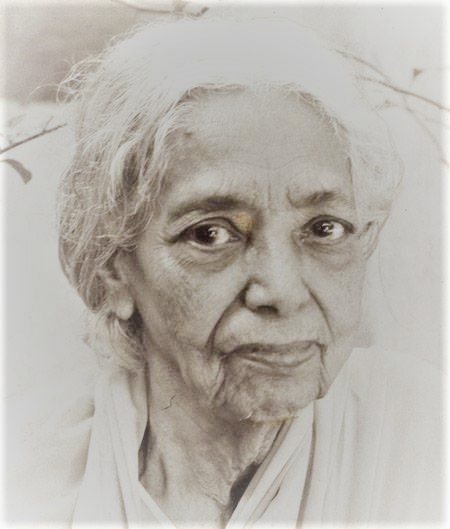
![Margery Carlson (1892-1985) Botany Research Associate shown [outdoors] with some of the packs of [plant] specimens she collected on expedition. © The Field Museum, B80585.](https://untoldstories.net/wp-content/uploads/2018/11/Margery-Carlson.jpg)
